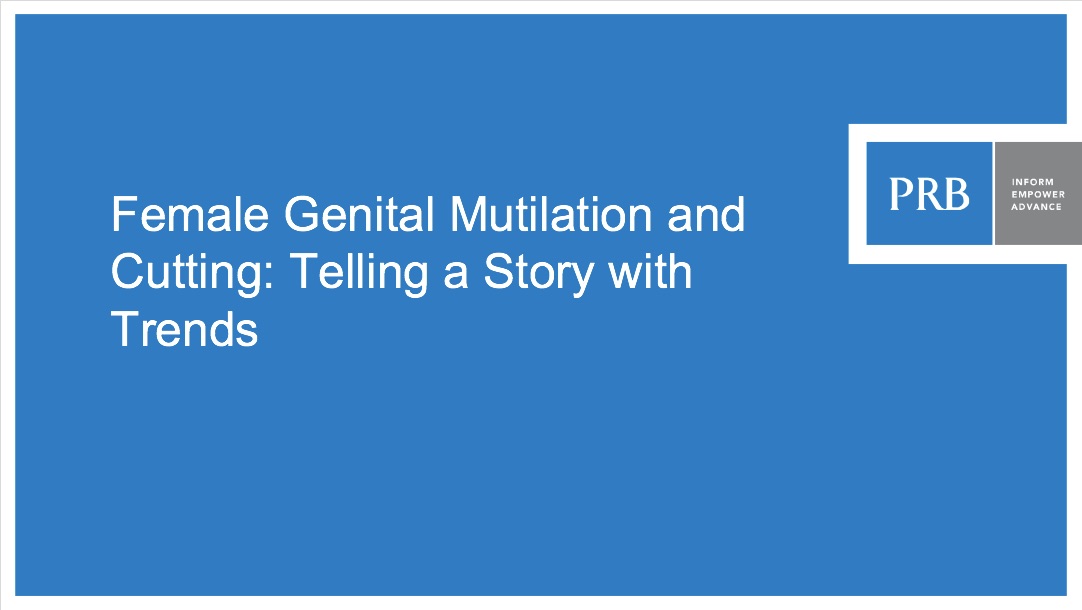In U.S., Who Is at Greatest Risk for Suicides?
(2010) More than 30,000 Americans commit suicide each year; hundreds of thousands more attempt it but fail.
(2010) More than 30,000 Americans commit suicide each year; hundreds of thousands more attempt it but fail.
(2003) Fast-paced population growth and rampant urbanization represent some of the major population concerns in the Philippines, a country of 80 million people where the average number of children born to a woman is close to four and where a sizeable 37 percent of the population is under age 15.

(2012) Feb. 6, 2012, marks the ninth commemoration of the International Day of Zero Tolerance to Female Genital Mutilation/Cutting. An estimated 100 million to 140 million girls and women worldwide have undergone female genital mutilation/cutting (FGM/C), and more than 3 million girls are at risk for cutting each year on the African continent alone.

(2012) Feb. 6, 2012, marks the ninth commemoration of the International Day of Zero Tolerance to Female Genital Mutilation/Cutting. An estimated 100 million to 140 million girls and women worldwide have undergone female genital mutilation/cutting (FGM/C), and more than 3 million girls are at risk for cutting each year on the African continent alone.
(2013) In Zambia, girls often start childbearing before they are 18 years old, and many women end childbearing after the age of 35 (see Figure 1).1 This long period of childbearing contributes to Zambia's high total fertility rate, or average number of children per woman, which at 6.2 is one of the highest in sub-Saharan Africa.
Selon le Population Bulletin de mars 2005 publié par le PRB, la population mondiale vieillit, ce qui présente de nombreux défis tant pour les pays riches que les pays pauvres.
(2013) With technology producing more and cheaper ways to determine the sex of a fetus, fewer girls are being born—an estimated 1.5 million of them every year. They are sometimes referred to as the "missing" girls, the ones who were never born because of the premium some societies place on boys.